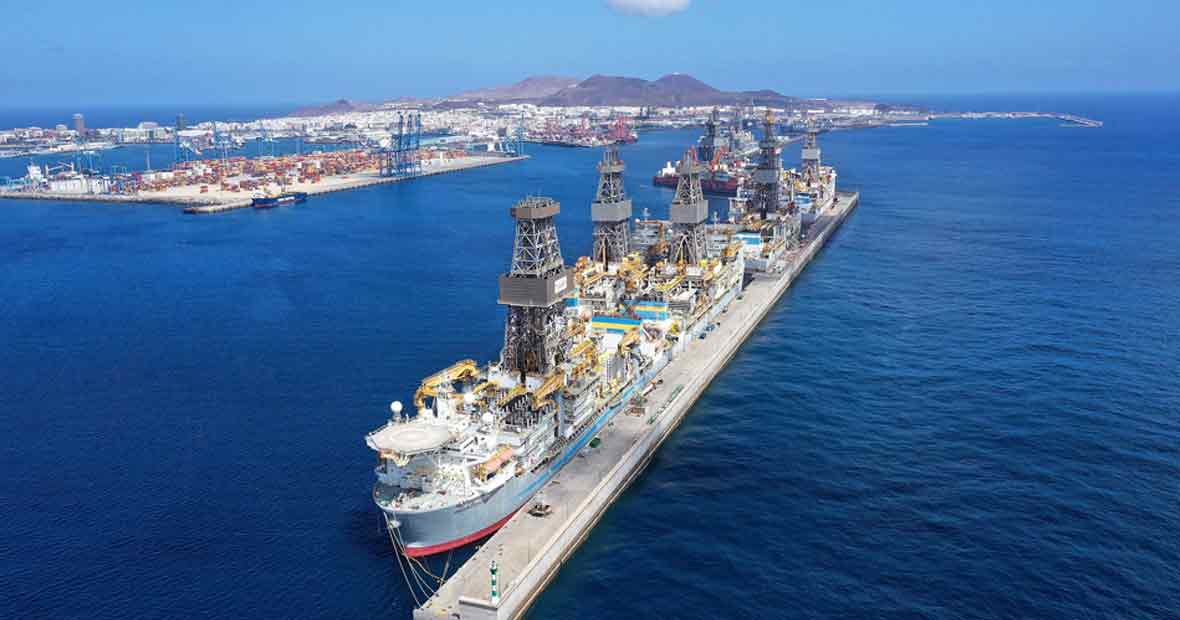
Navigating the tumultuous seas of changing needs requires a robust approach to load port resilience. Ports across the globe are facing an array of challenges, from climate-induced disruptions to supply chain vulnerabilities. The strategies for building resilience in this sector must include a comprehensive understanding of the impacts of climate change on port operations, proactive measures for managing risks in port supply chains, and appropriate adaptation methods in response to extreme weather events. The key to enhancing resilience lies in leveraging data analysis and implementing advanced information systems. This comprehensive guide delves into these critical areas.
Climate Change and Its Impacts on Port Operations
Climate change presents a formidable challenge to port operations globally. Significant impacts include rising sea levels, increased frequency of extreme weather events, and escalating anomalies in global water circulation patterns. These climatic shifts pose a substantial risk to port infrastructure, demanding innovative and resilient adaptation measures. Consult this website for insights into contemporary technological innovations aimed at enhancing port resilience to climatic transformations.
Case studies of ports already affected by climate transformations underscore the economic implications of such developments. Adaptation and resilience measures encompass comprehensive risk management strategies, encompassing the safety and working conditions of port workers. Current and proposed policies and regulations seek to mitigate the detrimental effects of climatic shifts on port functionality.
This discourse extends to the indirect environmental impacts of climate transformations on port operations, such as coastal erosion. It highlights the crucial role of sustainability efforts and climate change mitigation in the port sector. On a global scale, the impacts of climate change on port operations vary, underscoring the necessity for region-specific resilience strategies.
Building Resilient Supply Chain Management in Ports
With an ever-changing global environment, maintaining resilience within port supply chain management proves crucial.
Risk Management Strategies for Port Supply Chains
Effective strategies for managing disruptions and maintaining a resilient supply chain in ports involve understanding and preparing for risks. These risks, intensified by the Covid pandemic, require robust support systems and contingency planning. Detailed risk assessments, coupled with proactive mitigation measures, form the backbone of resilient supply chain management in ports.
Addressing Supply Chain Disruptions in Ports
Supply chain disruptions in ports, if not addressed efficiently, can have cascading effects on global trade. Strategies to manage these challenges range from understanding the nature of the disruptions to implementing customized solutions. The use of technology and data analytics aids in anticipating potential disruptions and formulating preemptive response mechanisms.
Performance and Capacity Analysis in Port Supply Chain
Performance and capacity analysis are essential in ensuring that port supply chains can adapt to changing needs. This involves assessing the existing infrastructure and identifying areas for improvement or expansion. Modernization efforts should aim at enhancing the port's ability to handle increased traffic and in facilitating smoother operations.
Adaptation Strategies for Ports in Response to Extreme Weather Events
Adapting to changing needs, the resilience of load ports has come into focus, especially given the increased frequency of extreme weather events. To meet these challenges head on, a range of strategies are being employed, according to a research report from the National Oceanic and Atmospheric Administration. With climate change leading to more severe storms, it's imperative for ports to adapt and become resilient.
One strategy is the development of a comprehensive guide that explains the various strategies and how to implement them effectively. This guide serves as a roadmap, detailing the key stages of adaptation and the potential benefits for the ports. It highlights the need for ports to assess the risk to their infrastructure and to put measures in place to ensure their long-term survival.
While these adaptation strategies are comprehensive, they are not exhaustive. Ongoing research is crucial to understand the evolving risks and mitigation strategies associated with climate change and extreme weather events. The result is a stronger, more resilient load port infrastructure that can effectively respond to the changing needs imposed by climate change.
Enhancing Port Resilience Through Data Analysis and Information Systems
In an era of constant change, ports require enhanced resilience to adapt to new demands. Building on this notion, the role of information systems and data analysis in augmenting port resilience has emerged as a central theme. Data analysis, as detailed in video lessons available on various educational platforms, plays a pivotal role in port resilience, providing invaluable insights and forecasts for future scenarios.
Expert advice stresses the necessity for ports to prepare for the future by improving their resilience, with a significant emphasis placed on integrating information systems into the existing port infrastructure. This integration is a nuanced process, requiring a deep understanding of the unique characteristics and needs of each port.